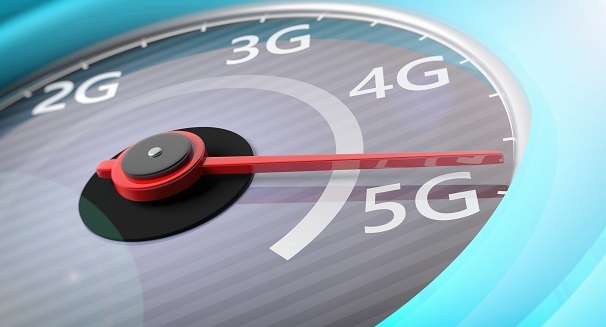
 Data Structure
Data Structure Networking
Networking RDBMS
RDBMS Operating System
Operating System Java
Java MS Excel
MS Excel iOS
iOS HTML
HTML CSS
CSS Android
Android Python
Python C Programming
C Programming C++
C++ C#
C# MongoDB
MongoDB MySQL
MySQL Javascript
Javascript PHP
PHP
- Selected Reading
- UPSC IAS Exams Notes
- Developer's Best Practices
- Questions and Answers
- Effective Resume Writing
- HR Interview Questions
- Computer Glossary
- Who is Who
What is the full form of HSDPA?
Introduction
High-Speed Downlink Packet Access (HSDPA) is a 3G wireless communication protocol that enables high-speed data transfer from the mobile network to cell gadgets, providing quicker download rates than traditional 3G networks.

HSDPA is a better model of the ordinary mobile Telecommunications system (UMTS) protocol and uses multiple antennas and advanced modulation strategies to enhance information transfer speeds. it's also known as 3.5G or 3G+ technology.
Advantages of HSDPA
There are several advantages of high-velocity Downlink Packet access (HSDPA), including
Quicker data transfer HSDPA permits quicker download speeds, which means that customers can download big files, stream high-quality videos, and browse the internet quicker than with traditional 3G networks.
Progressed network efficiency HSDPA uses advanced modulation and coding strategies to reduce errors in data transmission, enhancing the network's overall efficiency.
Better user experience The faster data transfer speeds offered through HSDPA can improve the person experience by way of lowering latency and enabling seamless streaming and browsing.
Elevated network capability HSDPA makes use of a shared channel for data switch, which permits extra customers to get entry to the community concurrently, increasing the network's potential.
Decrease value HSDPA is greater efficient than conventional 3G networks, which means that it can transmit data the usage of much less network assets. this can cause lower costs for each cellular community operators and customers.
HSDPA vs. other technologies
The Differences are listed below
HSDPA vs. 3G HSDPA is an evolution of the 3G generation and gives lots quicker download speeds. at the same time as 3G can provide download speeds of up to 2 Mbps, HSDPA can provide download speeds of up to 14 Mbps.
HSDPA vs. 4G 4G LTE is a more moderen era than HSDPA and gives even quicker statistics switch speeds. even as HSDPA can offer download speeds of up to 14 Mbps, 4G LTE can offer download speeds of as much as 100 Mbps or greater.
HSDPA vs. Wi-Fi Wi-Fi is a local area networking technology that allows gadgets to connect with a wireless access point. Wi-Fi can provide faster information transfer speeds than HSDPA or maybe 4G LTE, but it is limited to wireless location and requires a wireless access point.
Future of HSDPA
The future of high-speed Downlink Packet access (HSDPA) is uncertain, as newer and faster wi-fi communication technology have emerged in current years, along with 4G LTE, 5G, and Wi-Fi 6. however, HSDPA stays extensively used in lots of parts of the world and is still taken into consideration a dependable and value- powerful technology for cellular networks.

Within the brief term, HSDPA is probable to continue to be used in lots of areas where 4G LTE or 5G networks aren't but extensively available or low priced. HSDPA can nonetheless provide enough speeds for many cellular packages, and mobile community operators may also retain to help it for a while.
Within the long term, HSDPA may in the end be phased out as newer technologies turn out to be extra widespread. but, it's miles crucial to word that many devices nonetheless rely on 3G or 3.5G technologies like HSDPA, and cellular network operators will need to make sure that those devices can nevertheless access their networks as they transition to more recent technologies.
Conclusion
In conclusion, HSDPA has been a dependable and cost-effective technology for cellular networks, and it will hold to play an important function within the cell enterprise for a while to come back.
FAQs
Q1. How does HSDPA work?
Ans: HSDPA makes use of superior modulation and coding techniques to improve data transfer speeds. It also makes use of a couple of antennas to improve signal strength and reduce interference.
Q2. How does HSDPA compare to other wireless communication technologies?
Ans: HSDPA is slower than 4G LTE and Wi-FI but quicker than conventional 3G networks. It remains a famous technology for mobile networks due to its reliability and cost- effectiveness.
Q3. What is the impact of HSDPA on battery life for mobile devices?
Ans: The effect of HSDPA on battery life for cellular devices relies upon on various factors including signal energy, network load, tool type, and usage sample.

